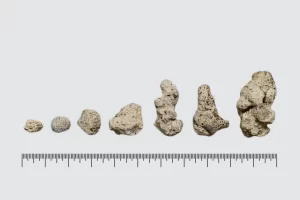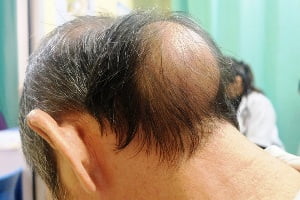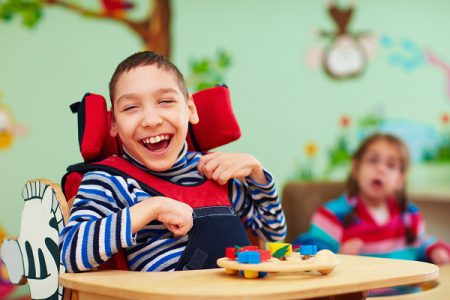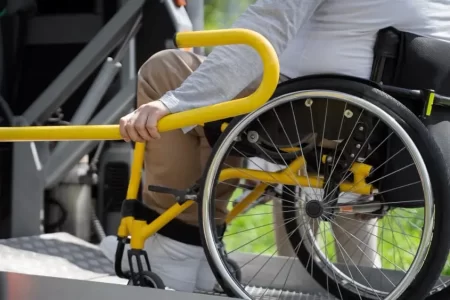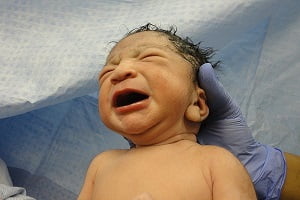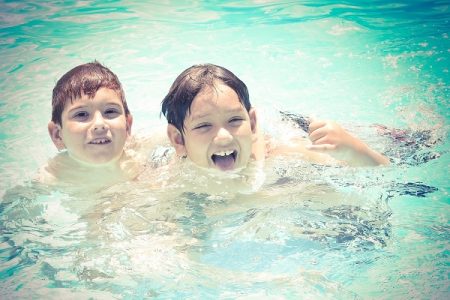Browsing: Cerebral Palsy
Comprehensive Information, Resources, and Support on Cerebral Palsy
Children suffering from cerebral palsy are very different from each other, and thus the teaching process is also very different. This depends on the symptoms, needs, and severity of the disease. There are various tips for teachers for managing children with cerebral Palsy. Some of them may include developing different skills among children such as articulation skills, fine-motor skills, gross-motor skills etc.
Cerebral Palsy in Adults
Adults with cerebral palsy experience age-related changes earlier in life than their non-disabled peers. It frequently causes a cycle of de-conditioning which deteriorates physical functioning, followed by a further decrease in physical activity, and a cascade of functional decline. The disorder often leads to the development of musculoskeletal and neurological symptoms.
Is Your Child a Suitable Candidate for Selective Dorsal Rhizotomy for Cerebral Palsy?
Cerebral palsy (CP) is a condition caused due to an injury to the brain before, during or after birth, which leads to impairment in control and movement. Children suffering from cerebral palsy have spasticity in their lower limbs (spastic diplegia or diparesis) which results in muscular stiffness and pain. Selective dorsal rhizotomy (SDR) is a procedure for reducing spasticity in children suffering from cerebral palsy. But the procedure is not suitable for everyone.
Aquatic therapy or aqua therapy is a type of physical therapy that involves water and usually takes place in a pool. Aquatic therapy relieves the pressure on the joint which feels weightless. It helps patient to perform movements that would be difficult on land.
Learning the Basics of Cerebral Palsy
The term “cerebral” is associated with brain and the term “palsy” is associated with weakness or problems with body movement. Cerebral Palsy is the most common form of childhood disability affecting movement, muscle tone and posture due to damage to the developing brain before birth or at the time of birth.
